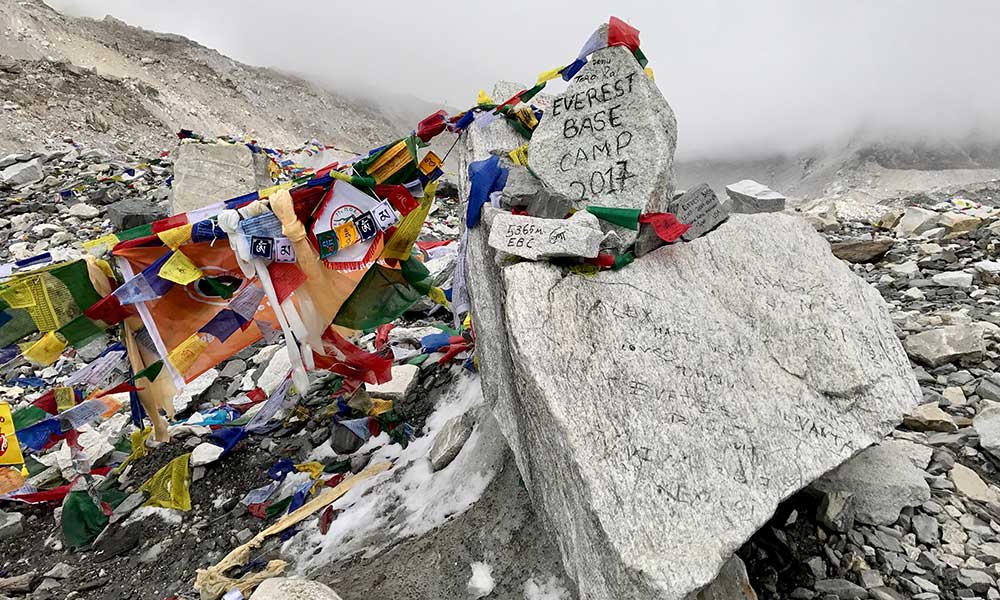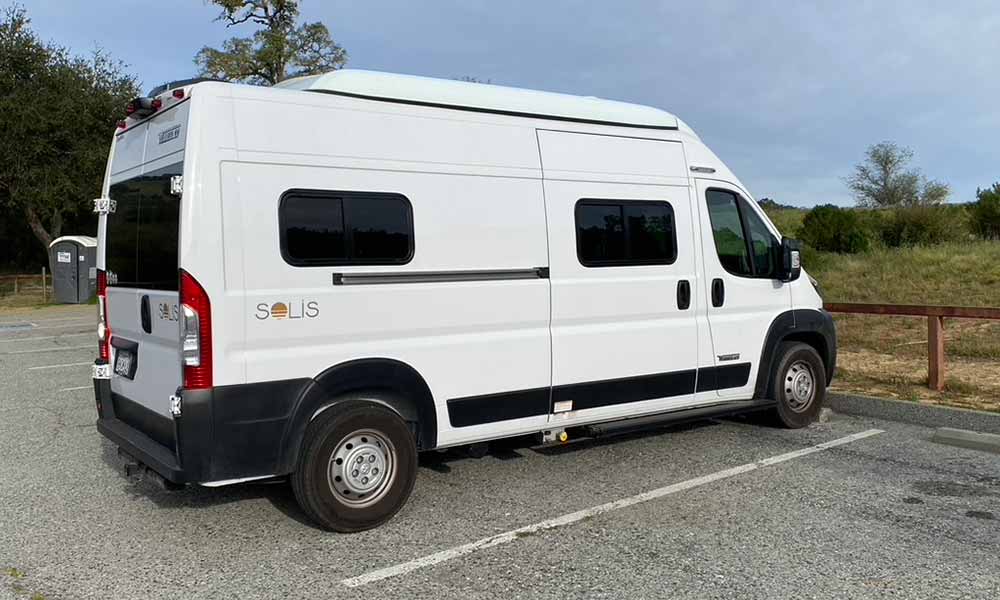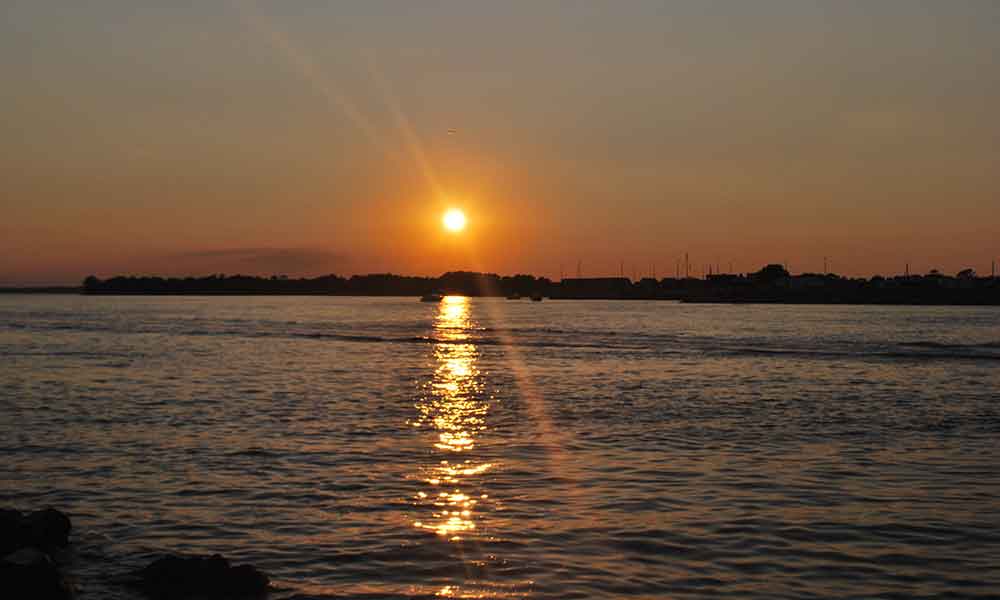Interestingly enough, Everest does not have just one base camp but two in Nepal on the south side of the mountain and one in Tibet on the mountain’s north slope.
The South Base Camp, situated in Nepal, stands at an altitude of 17,598, while the North Base Camp, situated in Tibet and under Chinese control, stands at 17,130 feet. With the North Base Camp closed to tourists since 2019, the South Base Camp acts as the main base for Everest expeditions.
The Nepalese Base Camp is visited by close to 40 000 trekkers and hikers every year, as it forms part of a highly popular trekking route. There are things to consider when thinking about a Himalayan trek that includes a visit to the Nepalese Base Camp.
How High Is Everest Base Camp?
At an altitude of 17 598 feet, Everest Base Camp is one of the highest campsites in the world. It provides a useful jump point for those attempting an ascent of Everest while also serving as a popular trekking destination for those on Himalayan Hikes.
Ascending the mountain to Everest Base Camp is best attempted with the help of a guide. The altitude at Everest Base Camp makes altitude sickness possible for all those who venture there.
Everest Base Camp is popular because it is at the base of Mount Everest, the tallest peak on earth. It is also why this Camp is at such a high altitude. Interestingly enough, you cannot view the peak of Everest from Base Camp as lesser peaks stand in the way.
How Does One Get To Everest Base Camp?
Despite no restrictions to entry, access to the Southern Base Camp is not straightforward. The most efficient route to the South Base Camp is to fly to Lukla via Katmandu. From Lukla, it takes at least a 4 to 6-day hike via the Sherpa capital of Namche Bazaar and the villages of Dingboche and Gorakshep.
The journey from Lukla will see an elevation gain of over 8000 feet. The stops in each village en-route to South Base Camp assist with altitude acclimatization. Although some 11 377 odd feet below the peak of Everest, Base Camp is still situated at a considerable altitude.
There are no paved roads between Lukla and South Base Camp; yak and porters carry equipment and supplies to the campsite.
Always stick to the mountainside of the hiking paths. Yaks carry large bulky loads and travel in caravans; by moving aside closest to the mountain, you will minimize the chance of being inadvertently pushed off the path into the valley.
The trek to South Base Camp is over rough and rocky terrain, and it is recommended that you be reasonably fit for the attempt.
Is The Altitude At Everest Base Camp Dangerous?
Any altitude above 13 100 feet can lead to altitude sickness; with Everest Base Camp sitting at 17,598 feet, altitude sickness is a real threat. Altitude sickness can display in various ways differing from person to person.
Guides have experience and are there to assist, so always check with your guide if you aren’t feeling well. Altitude sickness can be quite sudden and, without proper care, can be fatal. With luck, the acclimatization stops at the villages before Everest Base Camp will ward off altitude sickness.
How Do You Plan Your Hike To Everest Base Camp?
It is recommended to plan your hike through an experienced guide company. They will ensure that you will be able to check on the required gear for the season and have the best guide for what to expect on the hike ahead.
Trekking over uneven and rough surfaces at altitude while being required to carry at least some of your items does mean that hikers should pack light. Fortunately for tourists, you may hire a porter to carry your bulky essentials at a reasonable fee of $15 a day. Porters will carry up to 25kgs.
Hiking with a group will be the most cost-effective method of trekking. However, this reduces your control over your time as groups will move when all members have been acclimatized.
What Does One Need On A Hike To Everest Base Camp?
As with all hikes that will involve entry into a foreign country, it is good to know beforehand what you will need when away from the luxuries of home.
You can discuss hiking gear requirements with your guide company. Many outfitting agents in Katmandu rent out gear; this saves one from the pricey and difficult task of transporting climbing gear to Nepal.
The water available at Base Camp is highly mineralized so bring your reusable water bottle and purification tablets. Some guides will do your purification for you. The high altitude at Everest Base Camp will lead to a much larger water intake than usual to ensure hydration.
The higher you hike, the price and the currency conversion rates, so it’s a good idea to keep a stock of local currency, Nepalese Rupees, on you to reduce your expenditure.
Your basic toiletry requirements include wet wipes, sun protection cream, lip balm, and toilet paper. The altitude can also cause a cough for some, so throat lozenges are also good to include in your toiletry list. Aspirin and paracetamol are also considered useful additions as they will assist with treating symptoms of Altitude sickness.
What Can Be Found At Base Camp?
Everest Base Camp is the point from which climbing expeditions to summit Everest depart; it varies in size depending on the climbing season. There are two climbing seasons on Everest, which coincide with the trekking seasons.
The campsite is a collection of climbing expedition groups, Sherpas, and lone climbers, making it a varied and international gathering. As climbers use Everest Base Camp as their main acclimatization point, in the climbing seasons, it can be quite festive and social as climbers and hikers are forced to spend days a time sitting around the campsite to get used to the altitude.
Everest Base Camp is also home to an ever-growing collection of garbage left behind by expeditions on completion of each season. The altitude and lack of ready access to the campsite have made removing the growing refuse piles difficult.
Of the more pleasant experiences at Base Camp are the cairns and prayer flags – these provide a comforting and colorful atmosphere to the base of the mountain.
What Sort Of Sanitation Can You Find At Everest Base Camp?
Everest Base Camp is a tented village of sorts, do not expect baths and warm showers. Most hikers will make do with wet wipes. The temperature at that altitude is not conducive to bathing so freshening up with nothing more than the odd wet wipe is completely acceptable.
Conclusion
Although there are officially two Everest Base Camps, the closure of the Northern Camp in 2019 has meant that hikers and climbers have now flocked to the Southern Everest Base Camp, which sits at an altitude of 17 598 feet. Base Camp forms part of the Himalayan hiking circuit.
Getting to Everest Base Camp is an adventure on its own, be sure to find a good guiding company to assist you as it is not an easy hike, and at such a high altitude, the risk of altitude sickness is an ever-present danger.







